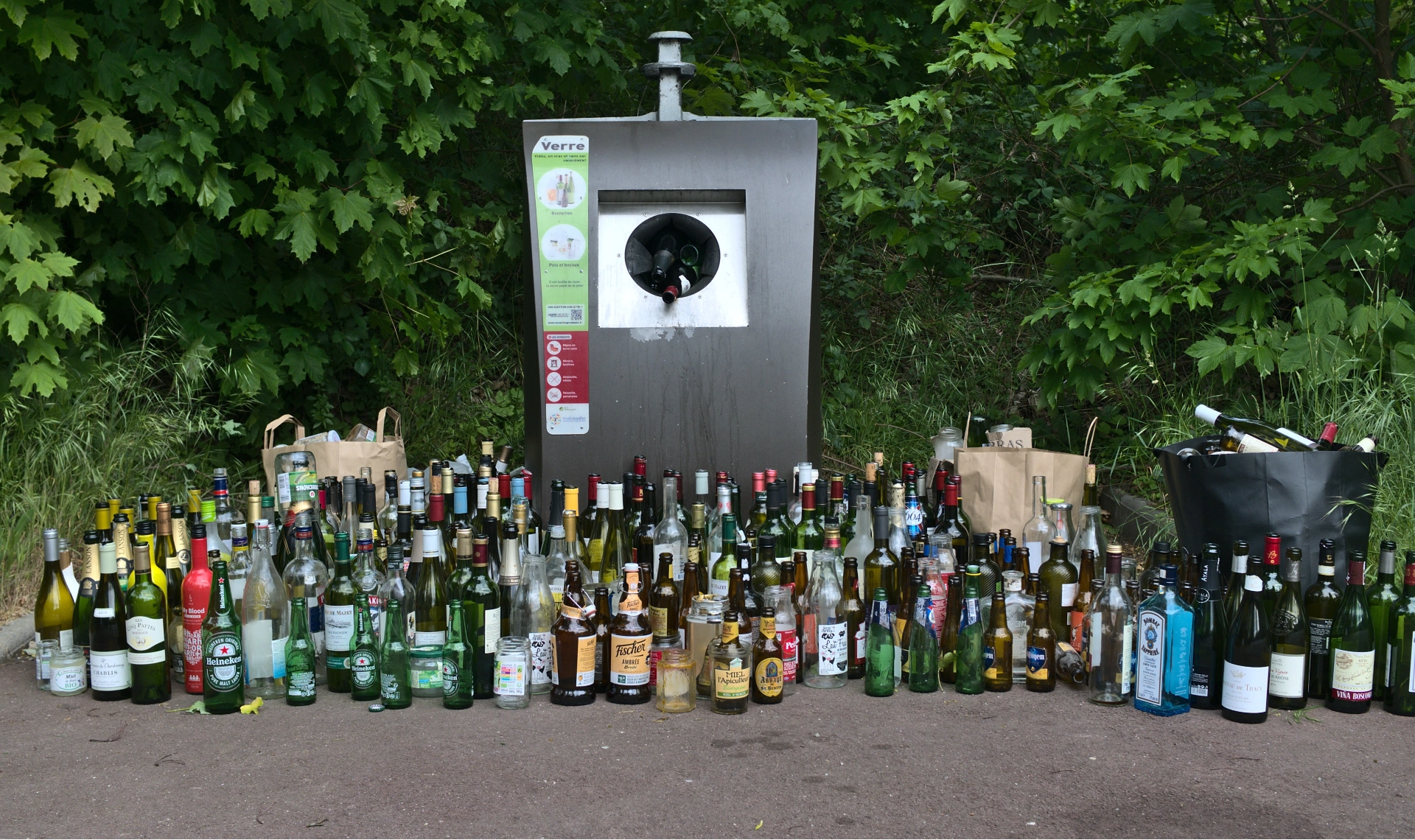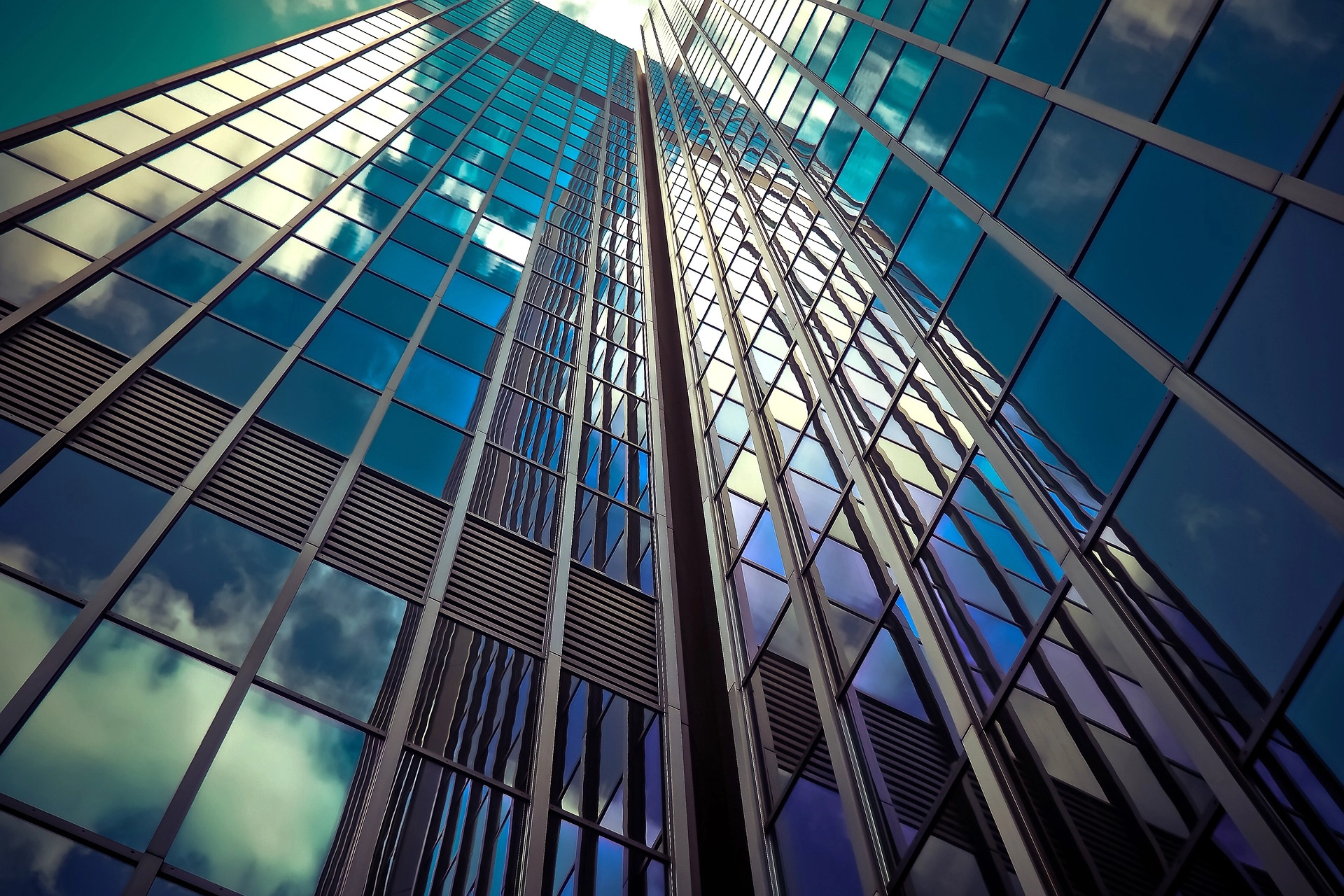We only have one planet, and should the population reach 9.6 billion by 2050; we will need 3 Earths to sustain our current lifestyle. Does it make sense to continue producing and consuming goods the way we do now? Despite technological innovation and progress, we keep sending waste to landfills, increasing our energy consumption and relying on fossil fuels. Responsible Consumption and Production (SDG12) aims to do more with less, increasing economic prosperity (SDG10) by reducing resource use, land degradation, waste and pollution. In short, SDG12 is about promoting resource and energy efficiency while providing access to basic services and a better quality of life. It involves the entire value chain, which also includes consumers. Our mission at radicant is to help you implement SDG 12 into your investments and provide you with information and transparency about the companies you are invested in. How do we do it?
What is the price of waste and pollution?
As explained in another blog post, our economic models monitor the value of everything through their price. However, pollution and waste can still mostly be produced for free. So finding solutions to bring these considerations back at the center of our economic models is necessary. And investments should be no exception.
Glass as a hidden gem
Early November, I came across an excellent article in the magazine Nature. It described glass as the “hidden gem in a carbon-neutral future”. This idea was very appealing to me. So I asked myself how we, radicants, could consider this when thinking about our investments. I realized how glass matters in our lives. It is used for many different products. From the glass we use to drink water to our windows and containers, up to solar panels, the glass we use has an impact. Glass could be a key material to reach SDG12, even more so since it can be recycled indefinitely without losing its properties. That is why after the terrible explosion in Beirut in August 2020, you could see workers collecting shards of glass to recycle them.
CO2 Emissions from the manufacturing of glass
The production of glass emits CO2, but its amount varies depending on the type of glass produced. Here are some indications for glass manufacturing in Europe:
- Packaging glass (like glass bottles): 0,81kg CO2 e per kg
- Flat glass (used for windows): 1.26kg CO2e per kg
- Every year, glass manufacturing produces at least 86 million tons of CO2
We need glass for so many things in our daily life. Does that mean we will have to produce new glass forever? No. But we use glass for our windows, as containers for food, liquids, medicines. What can be done then?
Glass Recycling
In Europe, the recycling rate of packaging glass is 70%, while it is 4% for flat glass (i.e. windowpanes). That means that even though glass could be recycled, some of it still ends in landfill. According to the US Environmental Protection Agency, almost 7 million tons of glass were offloaded into landfill sites in 2018, accounting for 5.2% of all solid municipal waste. This could be avoided!
The actual pressure to find alternatives to plastic is accelerating the search for new materials, especially for liquid containers. And as highlighted by the article in Nature, glass could be the star of a net-zero carbon economy. Indeed, it can be recycled indefinitely without losing its properties. In that sense, glass would be a perfect material for a circular economy.
 If we keep recycling the glass we already produced, we could reduce the CO2 emissions generated by glass manufacturing to 0. Is it that simple? Some of the raw materials used in glass manufacturing could be replaced by crushed recycled glass, known as “cullet.” This has a significant advantage: no CO2 is released when cullet is melted. So, using it can help reduce the overall CO2 emissions of the glass manufacturing process. Some types of glass cannot contain impurities, like the one used to make flat glass. However, flat glass cullet can be used to make more flat glass.
If we keep recycling the glass we already produced, we could reduce the CO2 emissions generated by glass manufacturing to 0. Is it that simple? Some of the raw materials used in glass manufacturing could be replaced by crushed recycled glass, known as “cullet.” This has a significant advantage: no CO2 is released when cullet is melted. So, using it can help reduce the overall CO2 emissions of the glass manufacturing process. Some types of glass cannot contain impurities, like the one used to make flat glass. However, flat glass cullet can be used to make more flat glass.
Possible Investment Opportunities
In order to contribute to reaching SDG12 radicant invests, among other themes, in recycling companies, as well as in those using glass as an alternative to plastic. In addition, as recycling rates and public policies vary drastically from country to country, we, radicants, want to promote recycling. This can be considered when investing in government bonds. If their proceeds are used for specific recycling projects, green or sustainability bonds can also be considered.
Radicants strive to make the Sustainable Development Goals a reality. Start your sustainable journey with us, discuss with other radicants and feel free to reach out to us. We, radicants, believe that your investment should be part of the change. You have already stopped buying plastic bottles, and you recycle your glass bottles? So now you are just a few clicks away from having an even bigger impact. Investments impact the real economy, help us reach SDG12, and start your journey with us!
